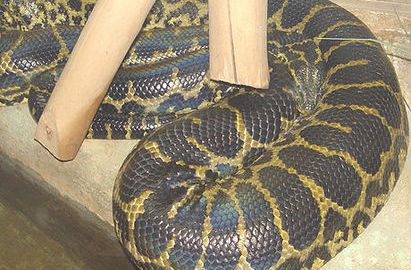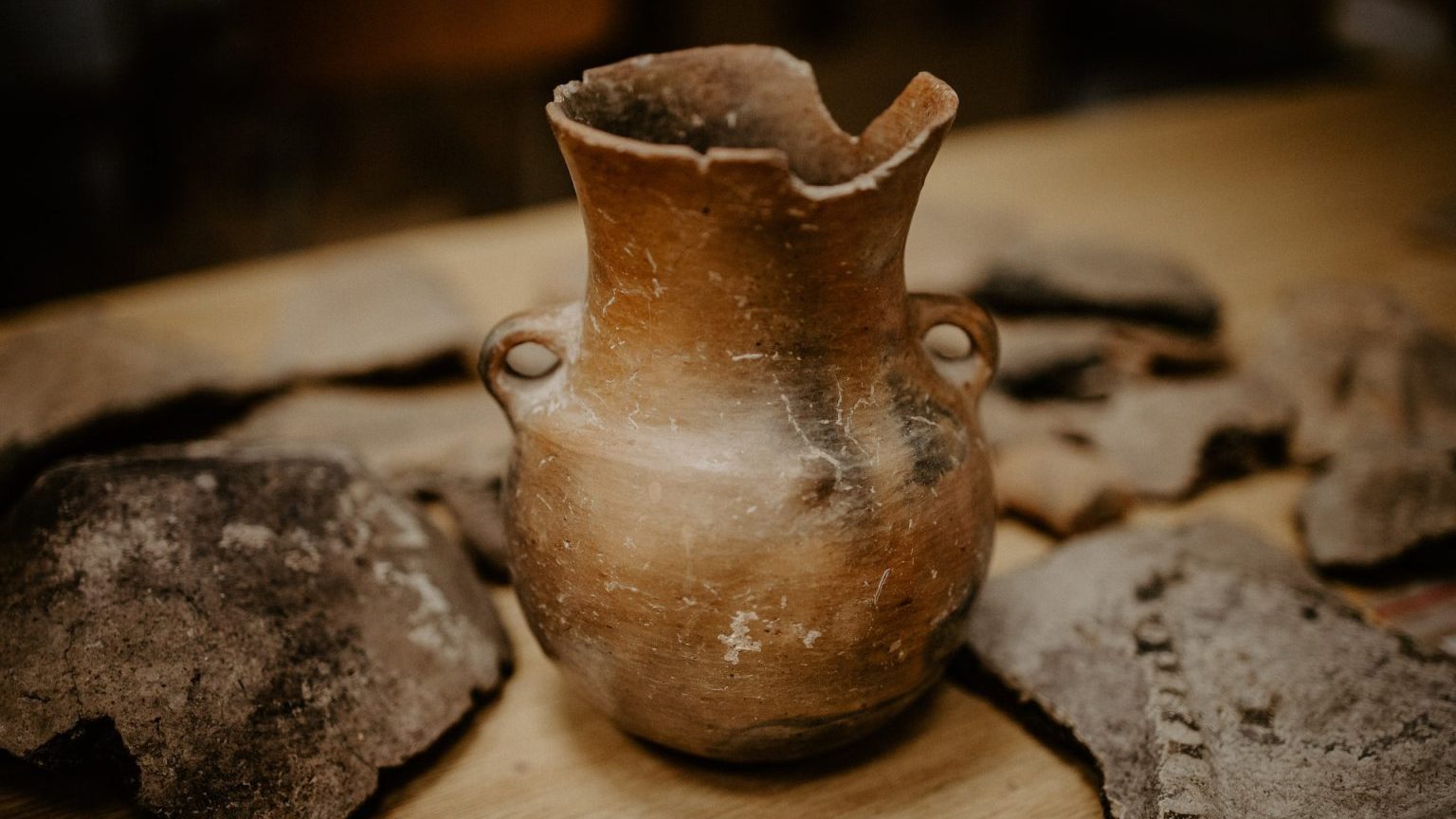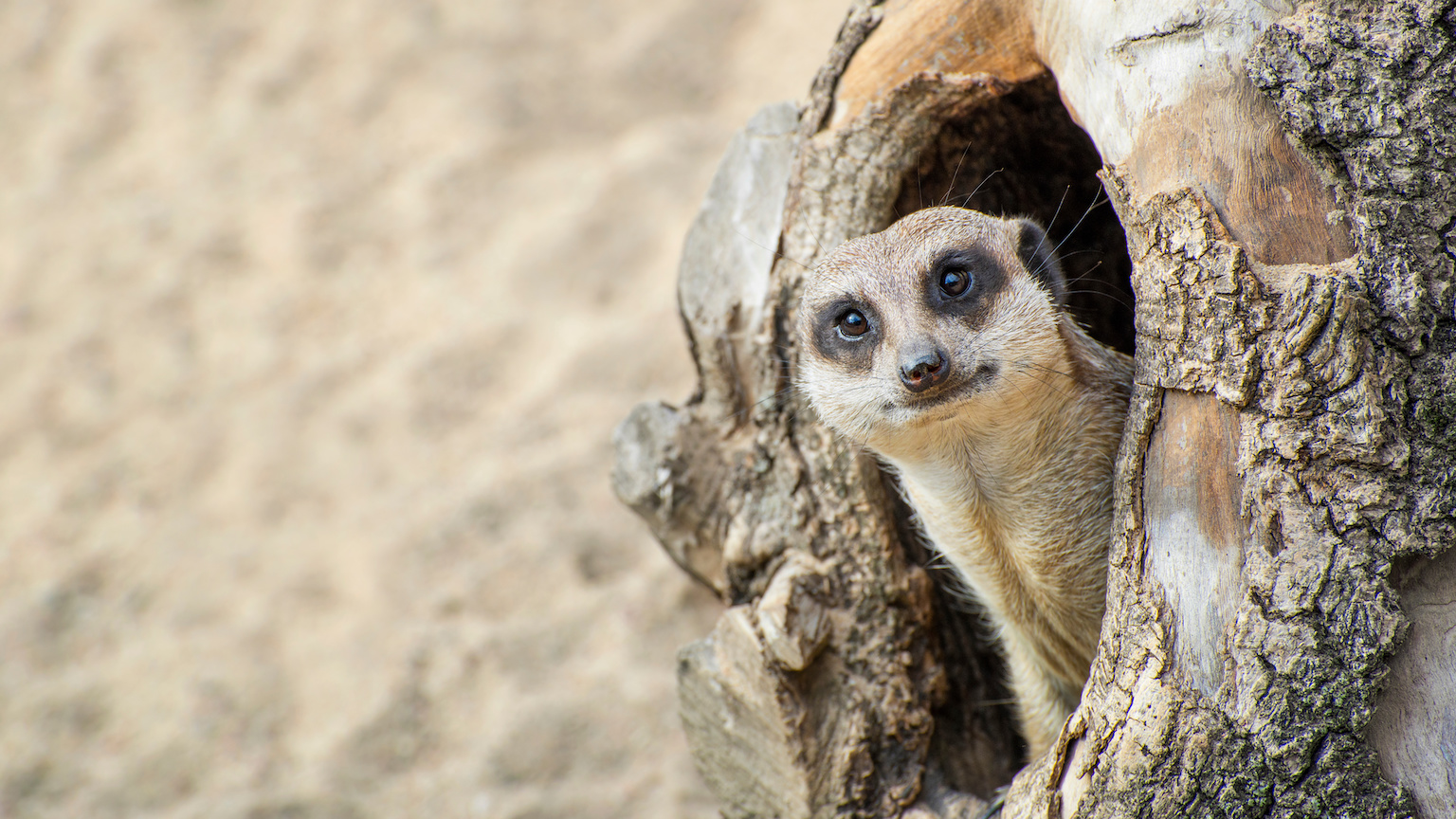Encyclopedia Of Life Fosters Citizen Science

When I was a kid, I was an avid reader of just about anything between two covers, but I had a special place in my heart for encyclopedias. Back in the days before cable TV came to rural burgs, when the few video games available were easily mastered and the home computer was still considered a luxury item, the encyclopedia was a gateway to imaginary adventures. Whether it was World Book, with pictures galore and large print, or Encyclopaedia Britannica, with its dense text and delicate line drawings, I could always find something new to read about.
The Encyclopedia of Life attempts to bring just this type of experience to the whole world via the internet by assembling, in one website, scientific information about every one of the estimated 1.9 million species exist on the planet. The project is expected to take about ten years at the rate the organizers are currently adding information. Accepting contributions to the massive database from members of the public in the tradition of Wikipedia is an additional feature of this effort. Although we’ve seen what that can lead to with Wikipedia’s ups and downs over issues of authenticity, Encyclopedia of Life aims to curtail the problems associated with user generated content by using a vetting approach similar to the peer review process, with volunteer teams of scientists vetting the information before it is added to the database.
I decided to take a spin around the site myself. I typed “anaconda” into the search box and a selection of them popped right up. The first entry was a photo of a yellow anaconda. The opening information underneath the picture referred to barcode data from GenBank, DNA sequencing information that was probably much more useful to geneticists than it was to me. The handy navigation bar on the left side of the screen had everything else you might want to know about the species if you were a student working on a research paper, all neatly organized into different categories. Selecting the “map” tab at the top of the specimen’s photo showed where the green anaconda could be found in the wild.
The lead donors for this project were the John D. and Catherine MacArthur Foundation and the Alfred P. Sloan Foundation, who headed a consortium of five institutions in providing a 50 million dollar grant to get the Encyclopedia of Life concept up and running.
There is a lot of work yet to be done — many of the species pages are just placeholders, and do not have photos or detailed information yet. The Build EOL initiative explains how the public can best help EOL achieve its goals. The site organizers seem to be fairly flexible in their thinking – for instance, they’ve added the EOL Uploader for the IPhone, a free app that facilitates uploading photos of unknown species to the EOL Flikr group. To me, removing barriers to entry for citizens interested in science who are not scientists to participate in this undertaking in a meaningful way is one of the most attractive parts of this project.





